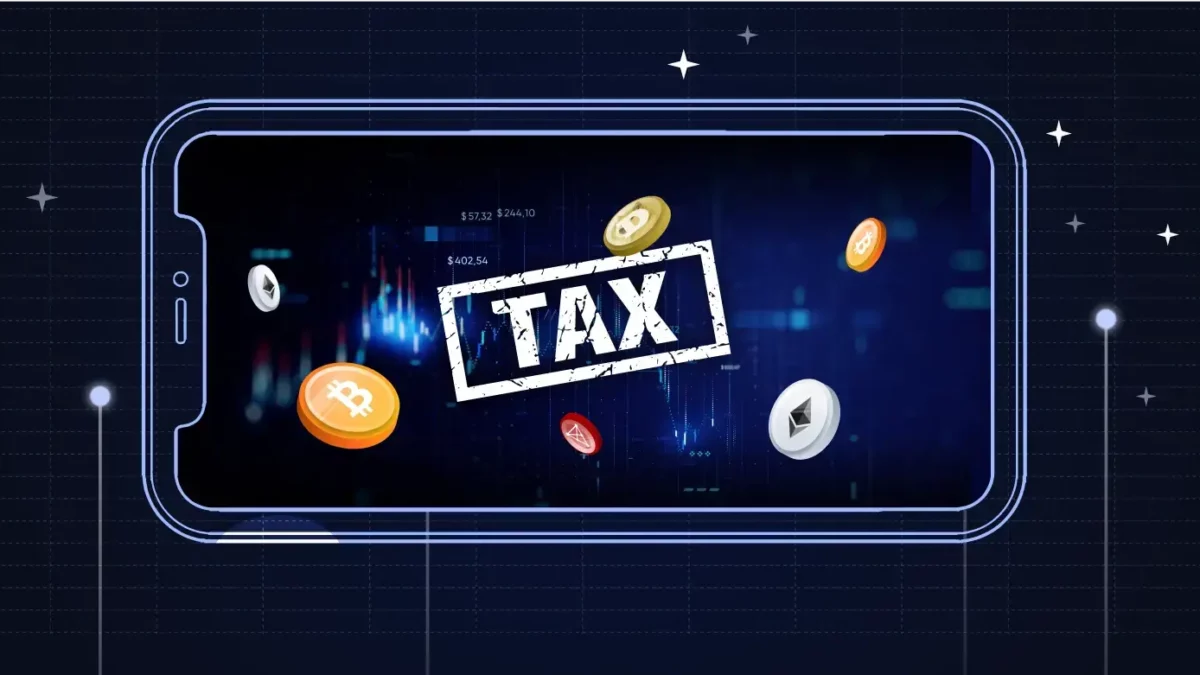Now Reading: Taxation, TDS and Crypto Gains in India: What Every Investor Should Know
-
01
Taxation, TDS and Crypto Gains in India: What Every Investor Should Know
Taxation, TDS and Crypto Gains in India: What Every Investor Should Know

Crypto may be a global trend, but in India, the rules around taxation are making investors think twice. With a 30% tax on gains and 1% TDS on transactions, the government has taken a strict stance. While this brings some recognition to digital assets, it also creates confusion, especially in Tier-2 and Tier-3 cities where access to financial advice is limited. Understanding these rules is key for anyone trading or investing in crypto.
The 30% Tax Rule
Profits from crypto transactions are taxed at a flat 30%, similar to lottery winnings. This means no deductions are allowed, except for the cost of purchase. For small investors, especially those experimenting with small amounts, this feels heavy. Even if gains are modest, the flat rate can take away a large share of profits, leaving many to question whether it is worth the effort.
The Impact of TDS on Transactions
Along with the 30% tax, there is also a 1% Tax Deducted at Source (TDS) applied on every crypto trade. This deduction affects active traders the most, as frequent buying and selling reduces liquidity and cuts into overall returns. For users in smaller cities, who often rely on smaller trades to test the market, TDS can feel like a constant burden.
Confusion Among Investors
Many investors remain unsure about how to calculate taxes on their crypto activity. Questions like whether losses can be set off, how staking rewards are taxed, or how to file returns are common. The lack of simple guidance in regional languages makes the problem worse in Tier-2 cities, where people depend more on informal advice than professional financial help.
Effect on Exchanges and Market Activity
Exchanges too are feeling the pressure. The strict tax environment has reduced trading volumes in India. Many users either cut down their activity or move to international platforms, despite the risks. Smaller exchanges in particular struggle to retain users who find the system complicated or unprofitable.
Why Clarity Is Important
A transparent framework could help both investors and platforms. Clear explanations of tax rules, easier filing processes, and support in regional languages would reduce confusion. For India’s digital economy, balancing revenue collection with investor participation is crucial if crypto is to be seen as a long-term opportunity rather than a short-term gamble.
Conclusion
India’s taxation and TDS rules on crypto show the government’s intent to monitor and control this fast-growing sector. But for investors, especially in Tier-2 and Tier-3 cities, the complexity is creating barriers. The future of crypto adoption in India will depend not just on regulations, but also on how clearly those rules are communicated and how fairly they are applied. Until then, many investors will remain cautious, balancing curiosity with concern.

























